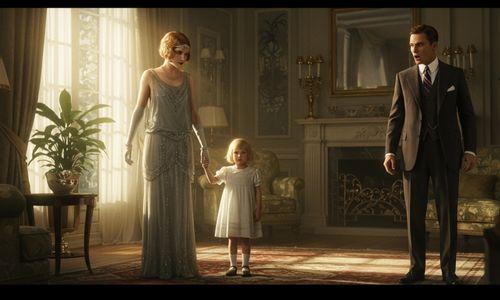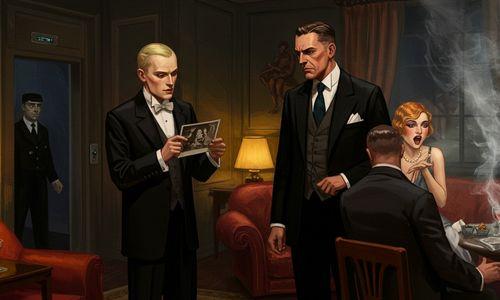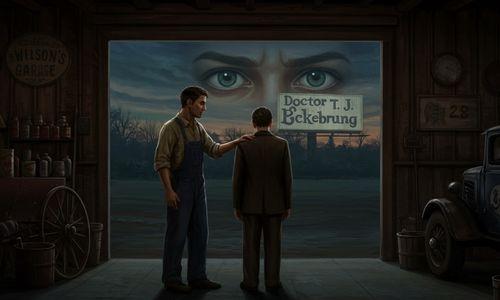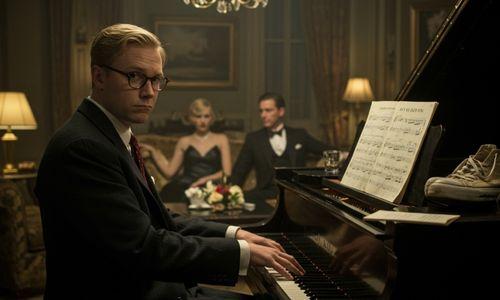The Great Gatsby Characters Analysis: A Complete Guide
Our definitive The Great Gatsby characters analysis reveals more than just a cast of Jazz Age socialites; it uncovers a meticulously crafted ecosystem of dreamers, enforcers, and victims who embody F. Scott Fitzgerald’s profound critique of the American Dream. Each figure, from the enigmatic Gatsby to the most minor party guest, serves as a crucial […]
The Great Gatsby Characters Analysis: A Complete Guide Read More »




